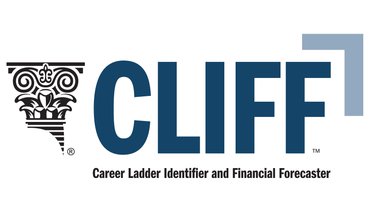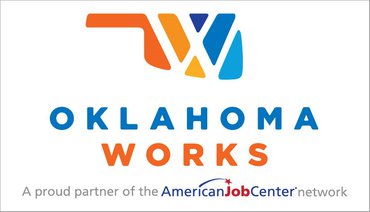A job is the most effective anti-poverty program, as the old saying goes. However, even with a job the road out of poverty often is full of potholes and roadblocks. The job itself may create difficulties, with low wages, schedules that conflict with family needs, and limited benefits. And, for many, the public policies developed to help people be self-sufficient also create barriers.
We expect people to be happy when they get a raise. Imagine, though, that a 50 cent an hour raise is costing you hundreds of dollars in assistance for food, housing, health care or childcare. For low-wage workers, a raise may result in being disqualified from programs that help with basic needs. Too often, the raise doesn’t nearly make up for the lost benefits. And the cutoff is abrupt, like a cliff. Even $5 over the limit can be disastrous. This so-called “benefits cliff” results in the worker being worse off after a raise in pay.
Rules governing eligibility for benefit programs are complex and can differ by location. Jobs require different levels of training, offer different wages, and have various pathways for advancement. Workers have different family sizes and structures and support needs. Taken together, these variables make it difficult to identify where benefits cliffs occur.
Surveying the landscape
Workers and community organizations that assist them are aware of the effect of benefits cliffs. Workers, however, often do not know exactly where the cliff lies. This can make them overly cautious in choosing jobs and pursuing advancement.
While social workers, career counselors and workforce educators realize the cliffs exist, identifying them for specific jobs and wage levels is difficult due to the range of programs and complexity of rules. They view the potential effects as a given that largely is out of their control.

Charting the cliffs
When workers can see the cliffs, they can avoid tumbling off them and policymakers can adjust the rules to encourage people to accept a raise in pay. The Federal Reserve Banks of Atlanta, Richmond and Kansas City are partnering to provide actionable tools, training and data that can help workers, service providers and policymakers locate and navigate benefits cliffs.
The Atlanta Fed’s External LinkAdvancing Careers for Low-Income Families initiative is the backbone of this work. It offers a national database of program eligibility rules, interactive planning tools, and research on the structure and effect of public work supports.
Navigating towards self-sufficiency
In the Tenth District, the Atlanta Fed is partnering with the Kansas City Fed and the Oklahoma Office of Workforce Development to put these innovative new resources to work. Central to this has been adapting the Atlanta Fed’s Career Ladder Identifier and Financial Forecaster (CLIFF) Dashboard to Oklahoma’s in-demand jobs, county-level living expenses and public assistance eligibility rules.
The CLIFF Dashboard can be used in several ways. It can inform counseling to individuals considering a career choice or training options. It can help workforce programs target jobs and understand additional supports workers may need. It also can help align benefit rules and policies to provide incentives for people to seek higher wages.
“The dashboard provides a platform for front-line workforce staff to work with individuals in identifying and addressing benefits cliffs,” said Sarah Ashmore, deputy director of Oklahoma Office of Workforce Development. “The tool can provide a fuller picture of available benefits and how they can make a difference.”

Taking a trial run
Three organizations are putting the dashboard to work across Oklahoma. The Tulsa Workforce Development Board will use it in strategic planning and program development. The Western Oklahoma Workforce Development Board will use it in the enrollment and assessment process for its youth apprenticeship program. And, Goodwill Industries of Tulsa is integrating it into coaching services offered at Financial Empowerment Centers.
“We are often having two separate conversations – one about family finances and one about careers. We need to bring both conversations together and this tool helps to do that,” said Parrish McDaris, TulsaWORKS Career Academy coordinator with Goodwill Industries of Tulsa.
“This dashboard gives the right equipment to tackle these issues together,” said Sabrina Ware, director of TulsaWORKS and Job Connection.
Bringing it home
Oklahoma is showing how benefits cliffs can be addressed through effective practices and policy. The lessons learned, along with those from other partners in the Advancing Careers initiative, will identify new ways of supporting workers and their families as they move toward self-sufficiency.
